Six ways to realize the benefits of a quality management system in Microsoft 365
A quality management system should support every employee to work in a way that guarantees the organization satisfied customers and - in the long run increased revenue and profit. Here are examples on how to realize those benefits in a solution in Microsoft 365.
Most people can recall buying a product or service that did not live up to expectations. Perhaps it was a defective sofa, a noisy refrigerator, poor-quality sneakers, or getting sick after eating out. Whatever it was, I am sure that it made you feel disappointed, perhaps you made a complaint to the vendor, and maybe you also told family, friends, or followers on social media about the incident.
This points out the main reason why every organization needs a quality management system; To prevent issues with products and services from arising, long before any faulty deliveries and customer disappointments.
Implementing a system for managing quality will help ensure that your customers get consistent, good-quality products and services. In turn, the solution can also lead to a reduction of costly errors, improved employee engagement, effective management of growth, and increased profit.
But the best news here is that it doesn't have to be either cumbersome or costly to implement such a solution. In this article, we will present six examples from a quality management system based on Microsoft 365 and Omnia that will help ensure that your customers stay satisfied.
If you wish to learn more, sign up for our webinar on how to develop your business with a quality management system in Microsoft 365.
1. Visualize processes for increased customer focus
The quality management system starts and ends with customer needs. It will support you in finding ‘prospects’, organizations with certain needs, and in transforming these into satisfied customers.
For most organizations, this is done by defining and visualizing business processes and providing guidance for employees on ‘how we work’. The processes will provide an overview of how your organization is built up, how its parts interact, and how your business creates value for customers.
So, the quality management system must be able to support you in defining and visualizing processes for how to develop, market, sell, produce, and supply products and services, and supporting processes such as developing human resources, managing financials, or facilitating business.
When specifying processes, you can organize and describe any activities that should be conducted, and provide documents, forms, tools, templates, training resources, and more to provide an easy-to-use best practice for employees.
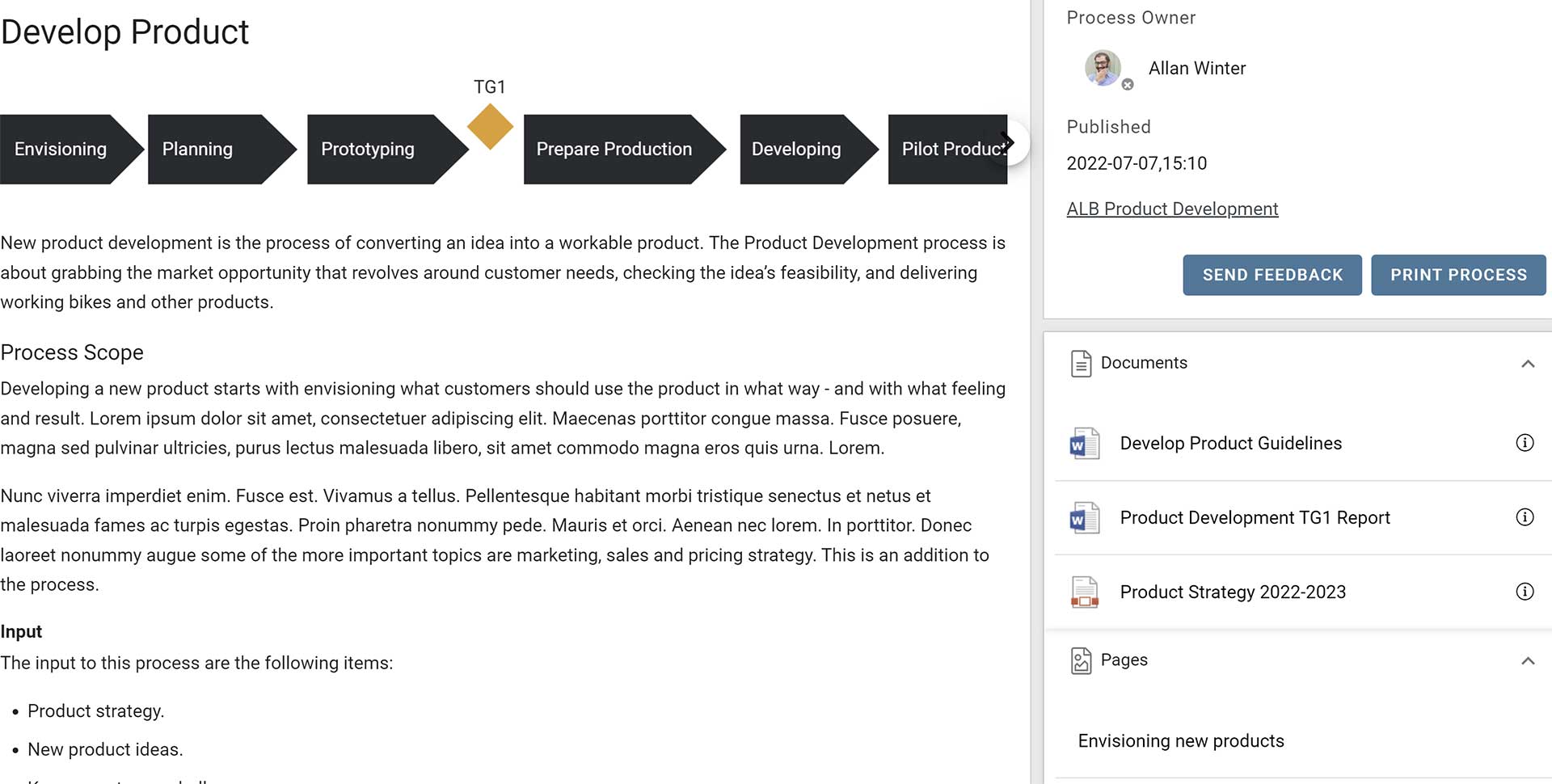
Image 1. Visualize processes to display ‘how we work’.
2. Governance model builds trust
It is of great importance that the content provided within the quality management system is updated and correct, so end-users know that they can trust the information they find. To help ensure this, you should implement a governance model with policies defining how processes, documents, web pages, etc. are managed over their life cycle. This can include aspects such as templates, properties, security labels, approval, review, archiving, and more.
Omnia comes with a strong concept for implementing your model for governing content within the solution. The product supports setting up information policies covering important aspects such as templates, properties, approval, review, archiving, retention, and more for processes, documents, and other types of content within the quality management system. The solution will also provide traceability for all content from creation to termination several years later, making it possible to track all events related to, for instance, a certain document.
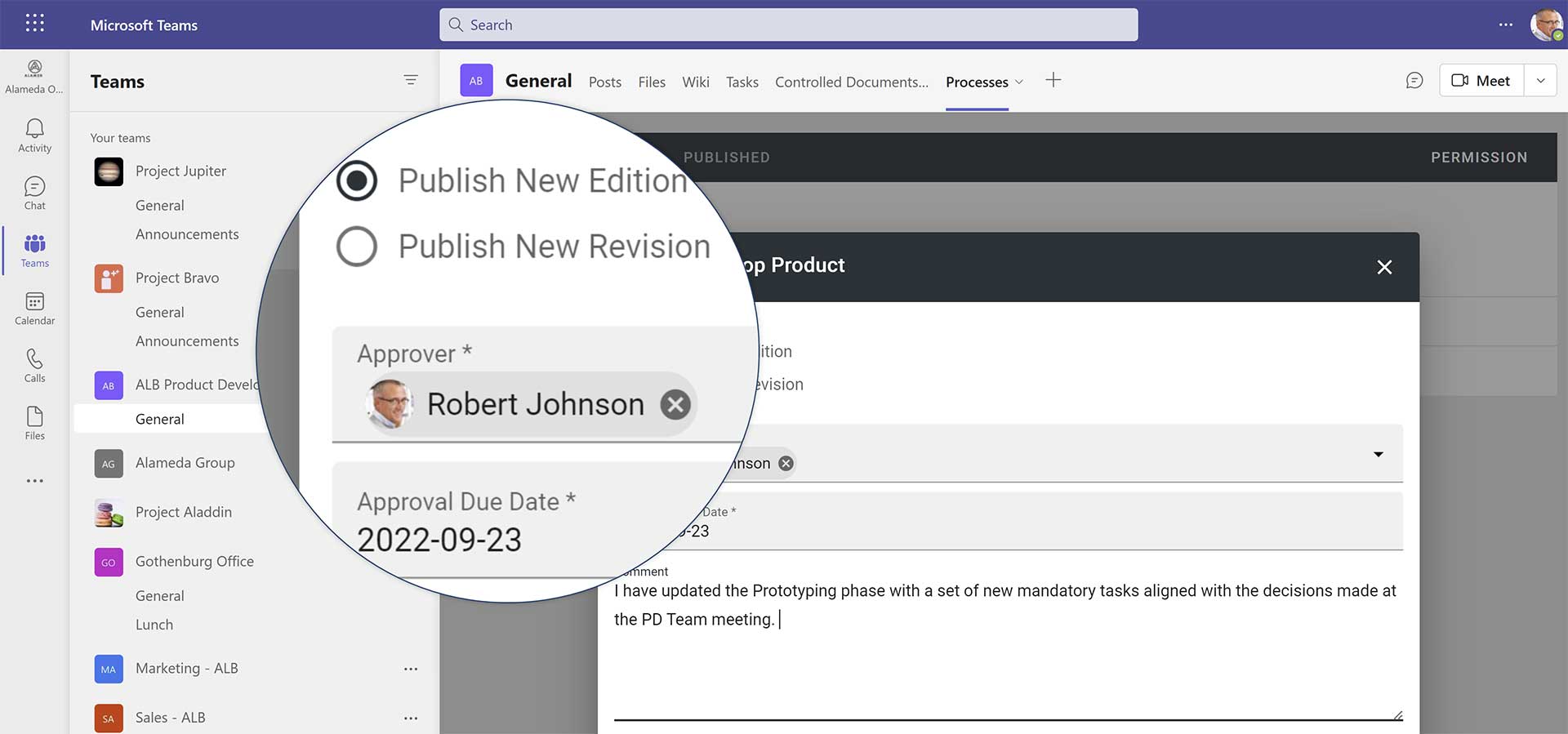
Image 2. Set up information policies to ensure the quality of content
3. Developing employees and a quality-first culture
However managing quality and business is not only about providing structured management of processes, policies, and procedures, the solution must also support the adoption and implementation of best practices, development of employees, and establishing a quality-focused culture. One example of how this can be established is through providing learning resources in a structured way that can help your people improve and, over time, adopt an organization-wide quality-first philosophy.
With Omnia, you can set up a learning center and provide internal and external classroom or online courses and deliver self-service videos and micro-courses. A step-by-step micro-course can mix content such as text, images, video, links, and more and be a strong tool for helping employees learn the recommended way of working.
To further improve the setup of micro-courses, you can also set up a knowledge check for each course, Q&A functionality, and the possibility to rate micro-courses and present the top-rated items.
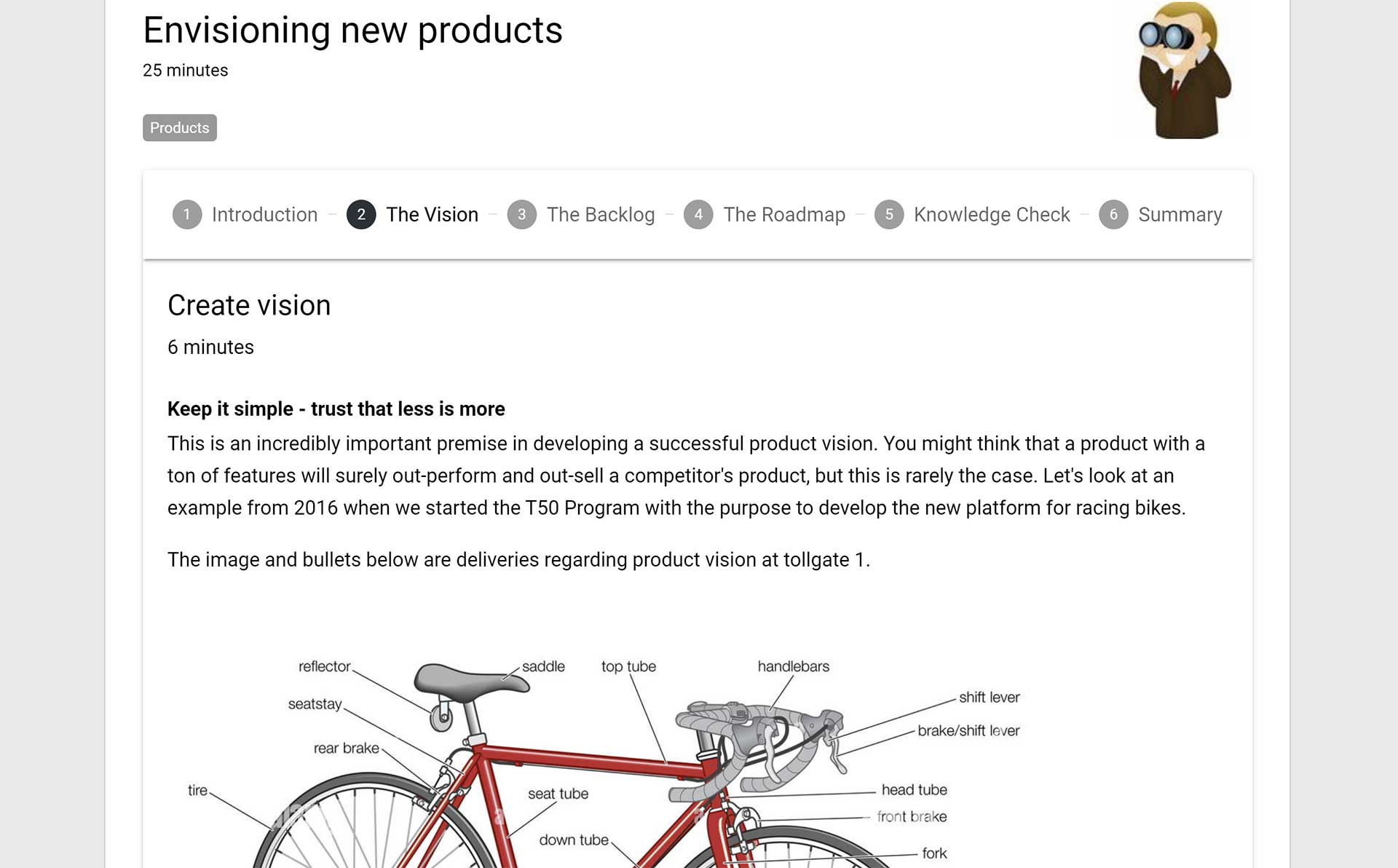
Image 3. Develop employee competencies by learning resources like micro-courses
4. Drive success within the project portfolio
In most organizations, and especially true project-oriented businesses, revenue and profit are tightly connected to success within the portfolio of projects. This does not only refer to success for ongoing projects but also the alignment of projects implemented by an organization and that organization’s strategy.
In these organizations, defining and implementing project models to secure operational success is a vital part of the management system. This often also includes models for measuring project success in terms of its contribution to an organization’s strategic goals.
When using Omnia, you will have great support not only for defining these models, but also to create templates for the setup of customized collaboration in Microsoft Teams. New projects can be set up with features for outlining and planning tasks, providing document templates, controlled management of deliveries, displaying project progress, sharing information with project stakeholders, and more.
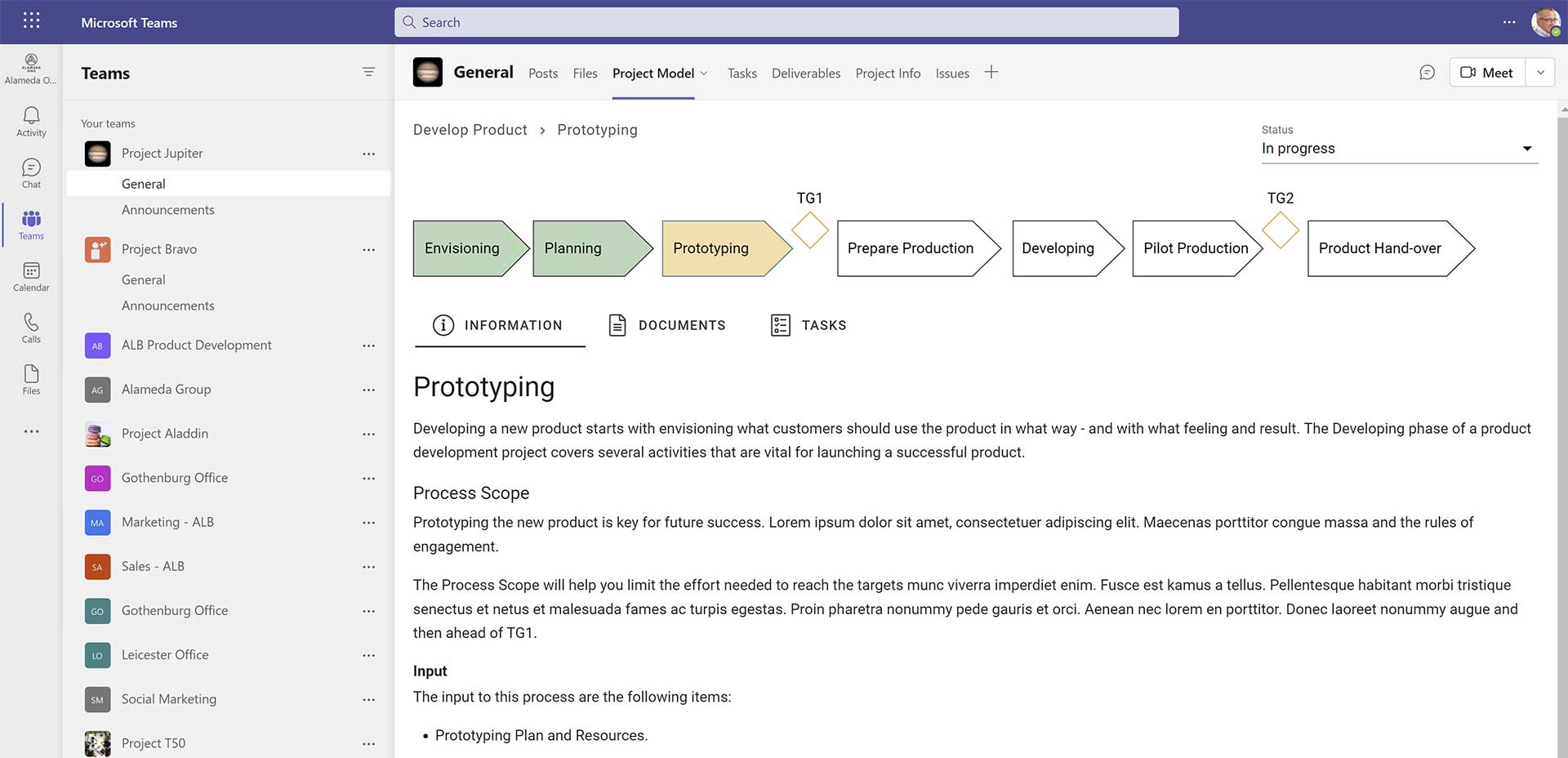
Image 4. Collaborate in structured projects in Microsoft Teams
5. Working with continuous improvements
Working with continuous improvements is very much about implementing a mindset to always be looking for better ways of doing things. The strive to identify and improve inefficiencies needs to cover the whole organization, from the CEO down to the front-line workers, and from overall strategies to waste in production. If you succeed in implementing a quality-first culture, there will be gains in many areas that will contribute to revenue and the bottom line.
There are many ways to support working with improvements in the quality management system. From a user point of view, it should be easy to submit and monitor suggestions, collaborate on driving improvements, and take part in indicators to follow ‘how we are doing’. On a high level, the organization will need a defined process for swiftly analyzing, prioritizing, remedying, and monitoring the impact of changes made.
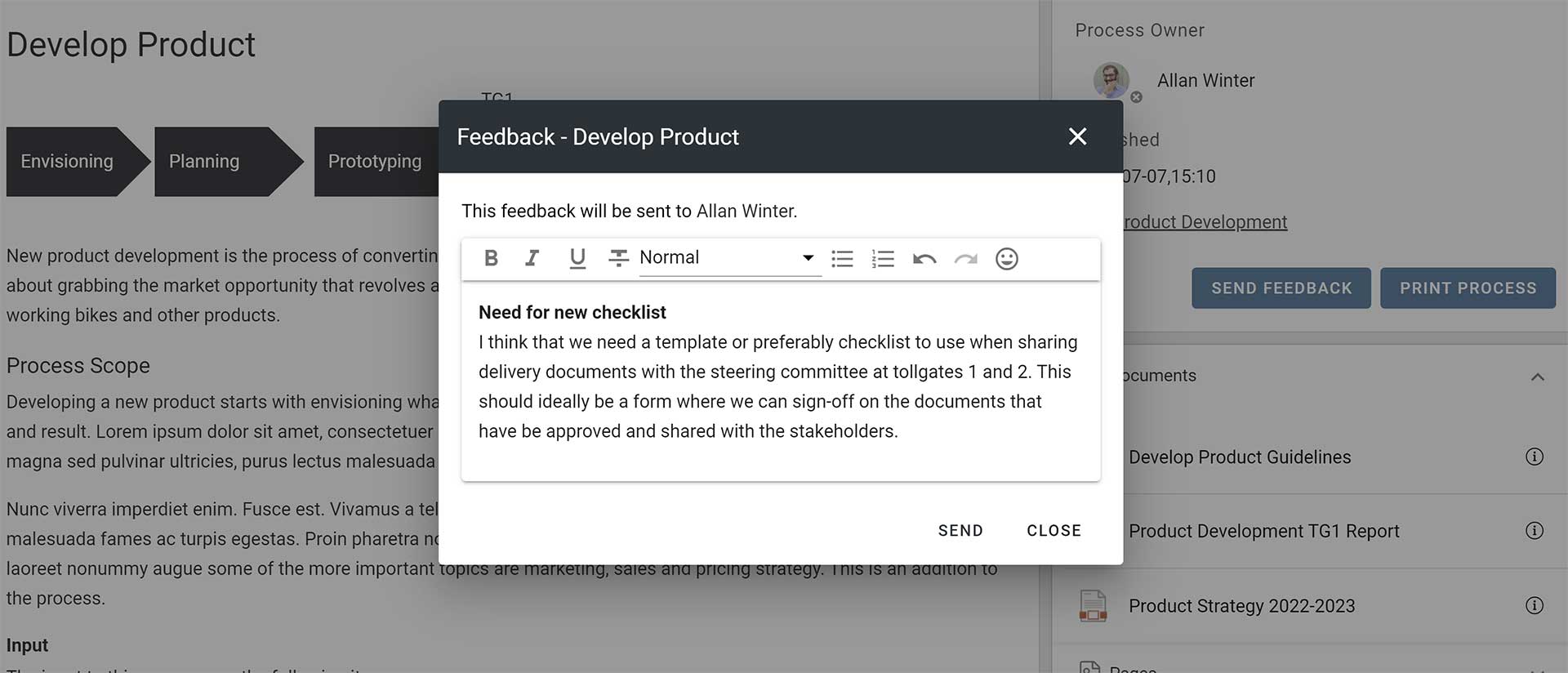
Image 5. Make it easy for employees to suggest improvements
Omnia supports defining how to work with improvements and utilizing that process in Microsoft Teams collaboration. The product also covers posting suggestions on processes, activities, instructions, checklists, etc., and possibilities for process owners (e.g.) to coordinate work on posted issues. Also, key performance indicators and reports can be distributed and displayed within a quality management solution based on Omnia.
6. Including and engaging all employees
Long before your quality management system is in place in Microsoft 365, you need to address the question of how to ensure that the solution can reach all employees. This can be a trickier ask than expected, especially if your workforce is a mix of white-collar staff, deskless frontline workers, field workers, temporary employees, and other types of groups. Some of these employees might not have a dedicated workplace, a device for accessing the system, or even a Microsoft 365 account.
But Omnia can support you in ensuring that the solution can reach all employees by providing user management for the groups that do not have an AD account or Microsoft 365 license, including management of account life cycles, on/offboarding processes, and decentralized ownership and administration.
Omnia supports AD accounts, Kaizala accounts, and built-in Omnia accounts and users can log on by using third-party authentication such as Facebook or Google, or by receiving a ‘pin code’ to a mobile phone. No matter which authentication method is used, Omnia can provide access for users no matter if they have been assigned a M365 license or not.
Also, Omnia supports the adoption of frontline workers by providing QR Codes for easy download of the Omnia Mobile App. The QR codes can be published on relevant intranet pages, in a digital signage setup, or on public boards to make it as easy as possible to get these users included in the quality management system scope.
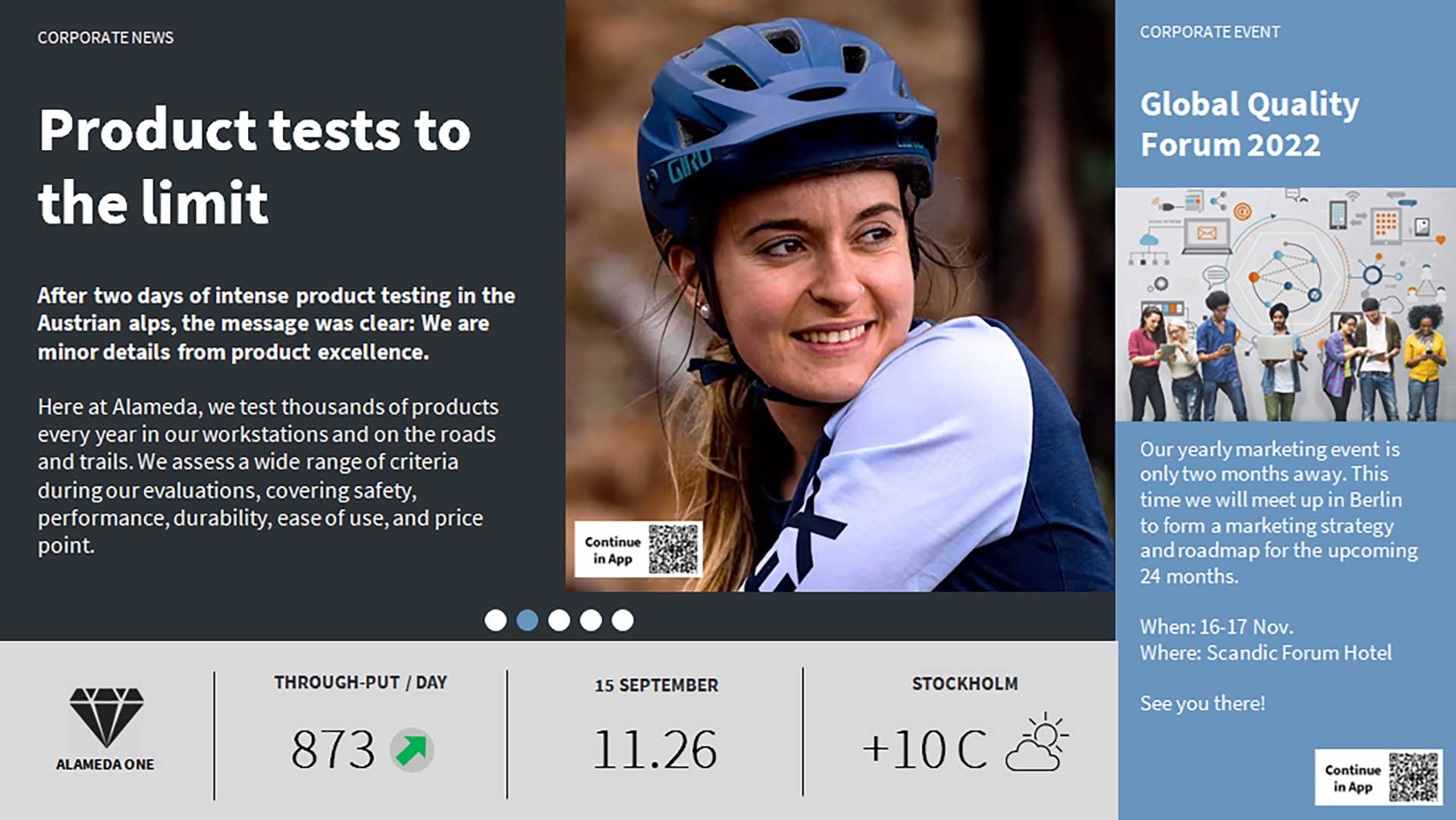
Image 6. Include all employees on all devices, from mobiles to digital signage
When using Omnia and Microsoft 365 for your quality management system, end-users will be able to take part in processes, controlled documents, learning resources, collaborate on projects, submit improvement suggestions, and more in web browsers, in Microsoft Teams, in the Omnia mobile app, in the Teams mobile app, and in a digital signage setup.
With the solution available in all channels and for all users, you have a great foundation for not only establishing a great solution for managing quality but also for establishing a quality-first culture.
Learn more about quality management systems in Microsoft 365
Your organization needs a quality management system to ensure that products and services bring customer success and satisfaction. As mentioned above, getting there does not have to be cumbersome or costly.
If you wish to learn more about how Omnia can assist you in establishing a great solution and a quality-focused philosophy, then sign up for our webinar on how to develop your business with a quality management system in Microsoft 365.
Learn more about Quality Management - The best route to satisfied customers here.